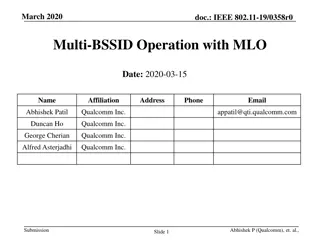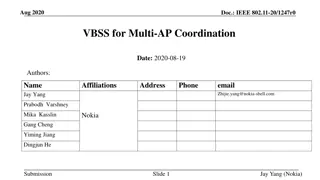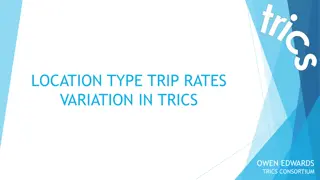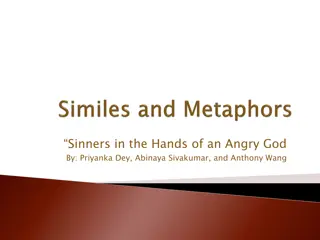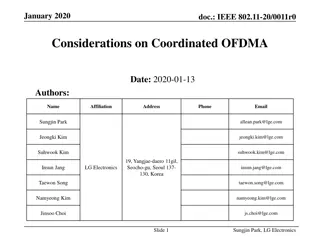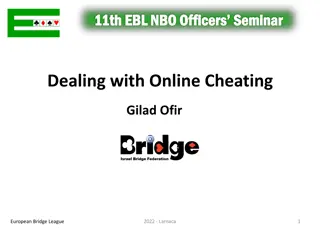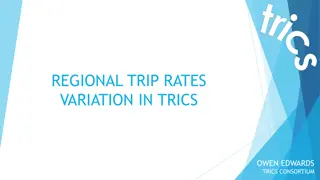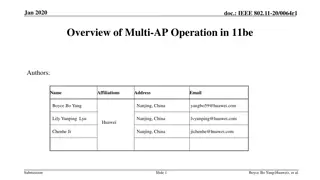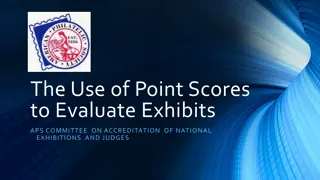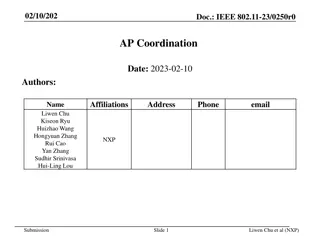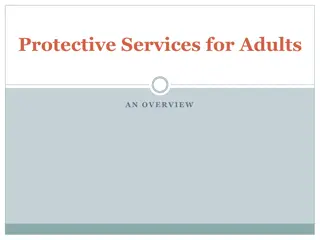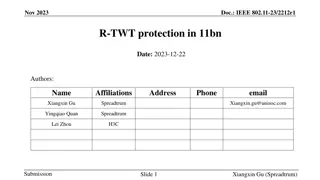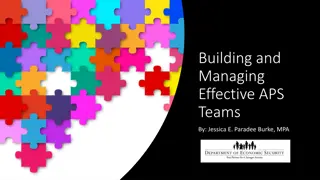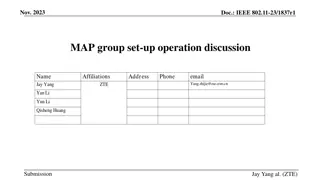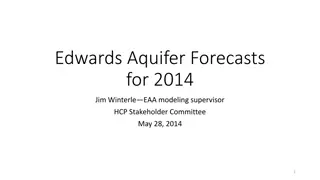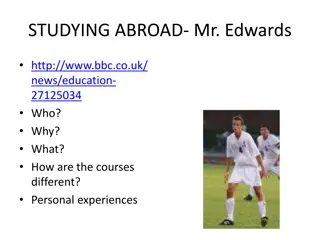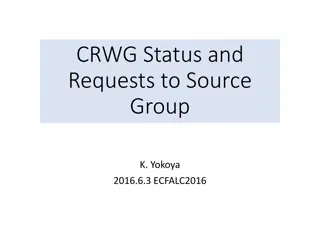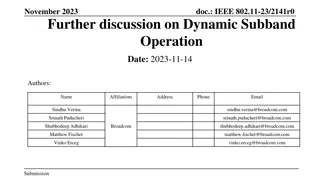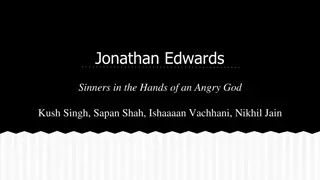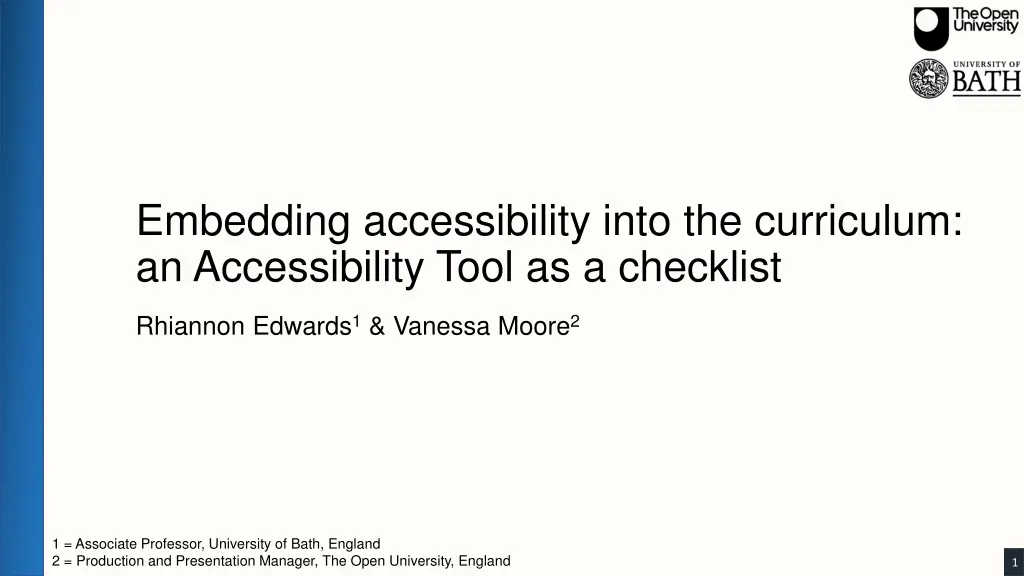
Embedding Accessibility into Curriculum Design for Inclusive Learning
Explore the importance of embedding accessibility into curriculum design to create a more inclusive learning environment for all students, with a focus on initiatives and tools such as the Accessibility Tool checklist. Discover how higher education institutions are proactively adopting inclusive approaches to support diverse student populations, especially those with disabilities.
Download Presentation

Please find below an Image/Link to download the presentation.
The content on the website is provided AS IS for your information and personal use only. It may not be sold, licensed, or shared on other websites without obtaining consent from the author. If you encounter any issues during the download, it is possible that the publisher has removed the file from their server.
You are allowed to download the files provided on this website for personal or commercial use, subject to the condition that they are used lawfully. All files are the property of their respective owners.
The content on the website is provided AS IS for your information and personal use only. It may not be sold, licensed, or shared on other websites without obtaining consent from the author.
E N D
Presentation Transcript
Embedding accessibility into the curriculum: an Accessibility Tool as a checklist Rhiannon Edwards1& Vanessa Moore2 1 = Associate Professor, University of Bath, England 2 = Production and Presentation Manager, The Open University, England 1
Context required for accessible curriculums A more inclusive learning environment for all students begins with an accessible learning environment In 2020/21, 18% of all students (full-time and part-time) registered to a HEI in the UK disclosed a disability (HESA, 2021) At the OU, 22% of registered students declared a disability (data from Power BI, October 2021). Across Faculty of Arts and Social Science, 26% of students declared a disability o These numbers are rising across the sector Often students with disabilities do not receive the support through alternative adjustments or often do not disclose their disability to their University (Grimes, Southgate, Scevak & Buchanen, 2019) To embed accessibility into curriculum design, accessibility can be considered proactively as opposed to reactively (Banbury, 2020), which we know has a negative outcome for students 2
Context required for accessible curriculums HEIs need to proactively adopt an inclusive approach to enable diversity to flourish in higher education (Chydenius & Haapa, 2019) E.g. The University of Leicester s The Accessible Curriculum Project (2015); a pan- university project was undertaken to review the guidance available to embed accessibility into the curriculum QAA Quality Code stipulated that HEIs should have effective and appropriate teaching, support, and assessment learning resources which can be provided for all students, which include students who have disclosed disabilities The Equality Act 2010 Disability Students Allowance (DSA) Sector-wide compliance Accessibility at The OU OU Student Accessibility Policy Access and Participation Plan which the University has agreed with the Office for Students with one focus on reducing the awarding gap for disabled students 3
The Accessibility Tool as a checklist The OU specific context: Distance learning, blended model of learning Utilises a Virtual Learning Environment (VLE) for learning Printed packs are available to those disabled students who qualify and/or Students in Secure Environments (SiSE) Printed packs contain all module materials which can be converted to an alternative format (e.g. all VLE content, activities, forums, collaborative activities, assessment guidance etc) Designed by FASS Accessibility Coordinators Shazna Muzammil-Cook and Vanessa Moore 10 prompts focusing on how materials translate to print during module production Module Teams (comprising of academics and support teams) undergo informal accessibility training 4
Aims and objectives Aims 1) To consider how user-friendly the Accessibility Tool is, and how appropriate the prompts are in the context of accessibility 2) To review the engagement with the Tool by the different Module Teams and consider how engagement can be increased/decreased 3) To consider the role of the MTAC and FAC alongside the Accessibility Tool, and consider how the tool supports the MTAC/FAC in their role Research Questions 1) Is the accessibility Tool fit for purpose in the context of usability and in its content? 2) During the pilot of the Tool, how have Module Teams engaged? 3) How can MTACs and FACs (people whose focus is on accessibility) use the Tool to support them in their role? 5
Methods Survey to Module Team members (writing academic content for modules) 9 questions, 5 closed questions (Likert-scale responses), 4 open-ended questions N = 22 participants who were either authoring module content, responsible for overseeing the module production (an academic), or responsible for accessible content within the module (typically an academic who worked closely with the checklist) Semi-structured interviews N = 13 participants who also completed the survey Thematic analysis (Braun & Clarke, 2006), two researchers coding data Workshop with Cross Faculty Accessibility Working Group (CFAWG), which is a pan-OU group with approximately 100 members to address RQ1 6
RQ1: Is the Accessibility Tool fit for purpose in the context of usability and in it s content? The survey 14 Fit for purpose User-friendly 71% of participants rated the checklist as positive or very positive in the context of being user-friendly and easy to engage with. 12 10 Number of respondents 8 67% of participants selected positive and very positive ratings for the Accessibility Tool being fit for purpose. 6 4 In comparison, there was a very low number of participants who didn t think the Tool was fit for purpose (total of 2 participants) or user-friendly (3 participants). 2 0 Very Negative Negative Neutral Positive Very Positive Rating from Very Negative to Very Positive 7
RQ1: Is the Accessibility Tool fit for purpose in the context of usability and in it s content? Cont d.. The survey continued 12 Relevant prompts Tool aided embedding accessibility into curriculum Tool enhanced understanding of accessibility 57% of participants felt the prompts were relevant when thinking about accessibility and providing alternatives. 10 Number of respondents 8 67% felt the checklist aiding embedding accessibility into the curriculum. 6 4 76% felt the checklist enhanced understanding of accessibility. 2 2 participants felt the prompts weren t relevant, which has been addressed post-project. 0 Very Negative Negative Neutral Positive Very Positive Rating from very negative to very positive 8
RQ1: Is the Accessibility Tool fit for purpose in the context of usability and in it s content? cont d The interviews Figure outlining the four key themes that merged from the data; the format of the Accessibility Tool, training, the purpose of the Accessibility Tool, and the focus on a printed pack. 9
Cross Faculty Accessibility Working Group: Workshop Feedback Pan-OU group (approx. 100 members) from all areas of the Institution working on accessible curriculums Break-out rooms, groups discussions Key findings: Re-name the checklist to ensure it s clear to only support printed packs The complexities around subject-specific prompts Address the different printed pack requirements for SiSE and students with a reasonable adjustment Overall, positive and a checklist to further facilitate accessible curriculums was well- received Crucially, it is a great tool and will be really helpful for MTACs and Module Teams! (workshop participant/CFAWG member) 10
Outcomes: amendments to the Accessibility Tool as a checklist Successfully developed a checklist to facilitate the creation of printed packs for OU students Edited prompts so they are coherent, have examples, phrased appropriately Added some comprehensive guidance on how to navigate the Checklist and populate it Made it more intuitive and user-friendly Ready to be implemented across the Institution 11
Outcomes: the new Printed Pack Accessibility Checklist Image of what the checklist looks like now. There are different prompts to encourage the creation of an accessible curriculum and how a printed pack can be developed for students who require it. 12
Acknowledgements We would like to thank the following colleagues: Shazna Muzammil-Cook, Senior Project Manager, for her work on the checklist and supporting this project The OU FASSTEST group for funding this project Juliet OCallaghan, Tutor, for conducting the interviews Elli Flitton and Nadia Olguin, OU Production & Presentation Managers for their input to the design and functionality of the new Checklist Natalie McClelland, Senior Manager Foundations Programme, for writing the checklist guidance 13 1 3
Thank you for your time. Any questions? Rhiannon Edwards rte22@bath.ac.uk @RhiannonTerri Vanessa Moore Vanessa.Moore@open.ac.uk 14 1 4
References Grimes, S., Southgate, E., Scevak, J., & Buchanan, R. (2021). Learning impacts reported by students living with learning challenges/disability. Studies in Higher Education, 46(6), 1146-1158. Bunbury, S. (2020). Disability in higher education do reasonable adjustments contribute to an inclusive curriculum?. International Journal of Inclusive Education, 24(9), 964-979. Chydenius, T., & Haapa, S. (2019). Benchmarking practical inclusion methods in higher education institutions. In Proceedings 2019, Cross-cultural Business Conference 2019. Shaker Verlag. HESA (2021). Who s studying in higher education? Who's studying in HE? | HESA Braun, V., & Clarke, V. (2006). Using thematic analysis in psychology. Qualitative research in psychology, 3(2), 77-101. 15 1 5

